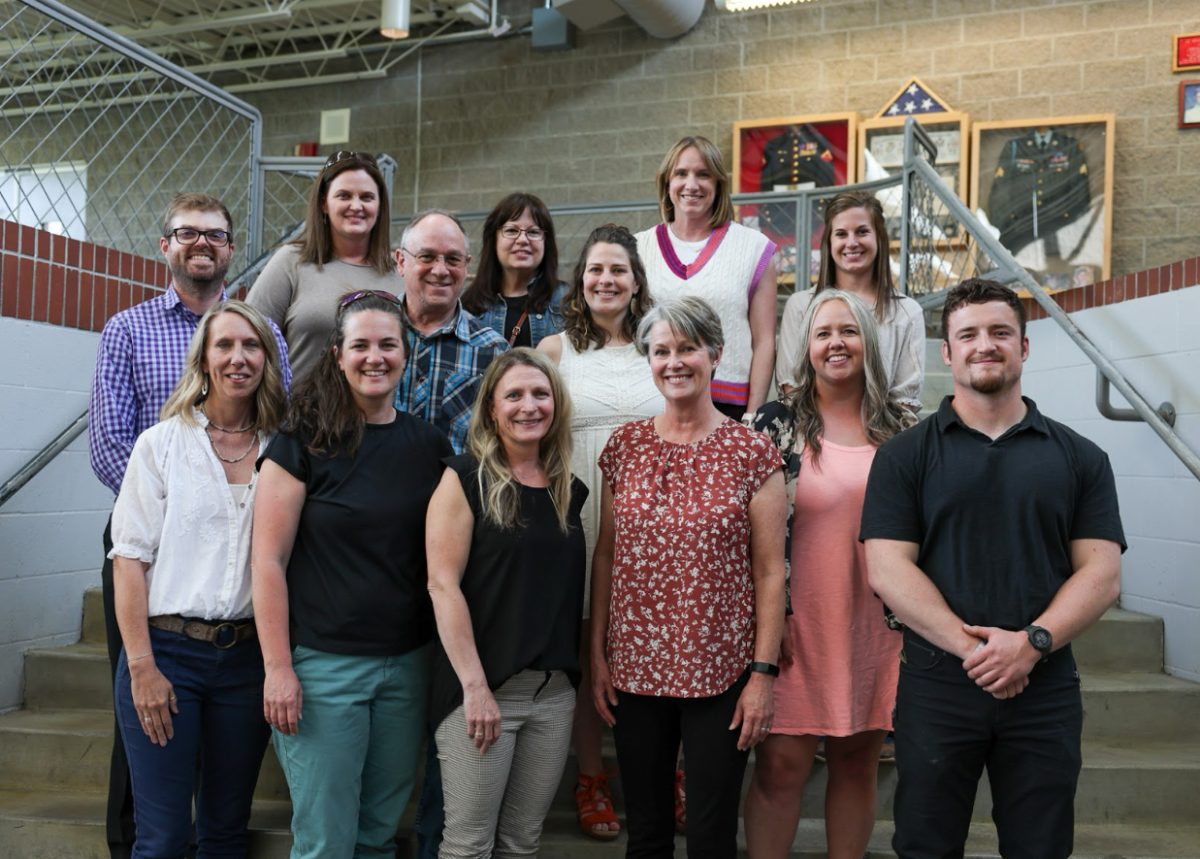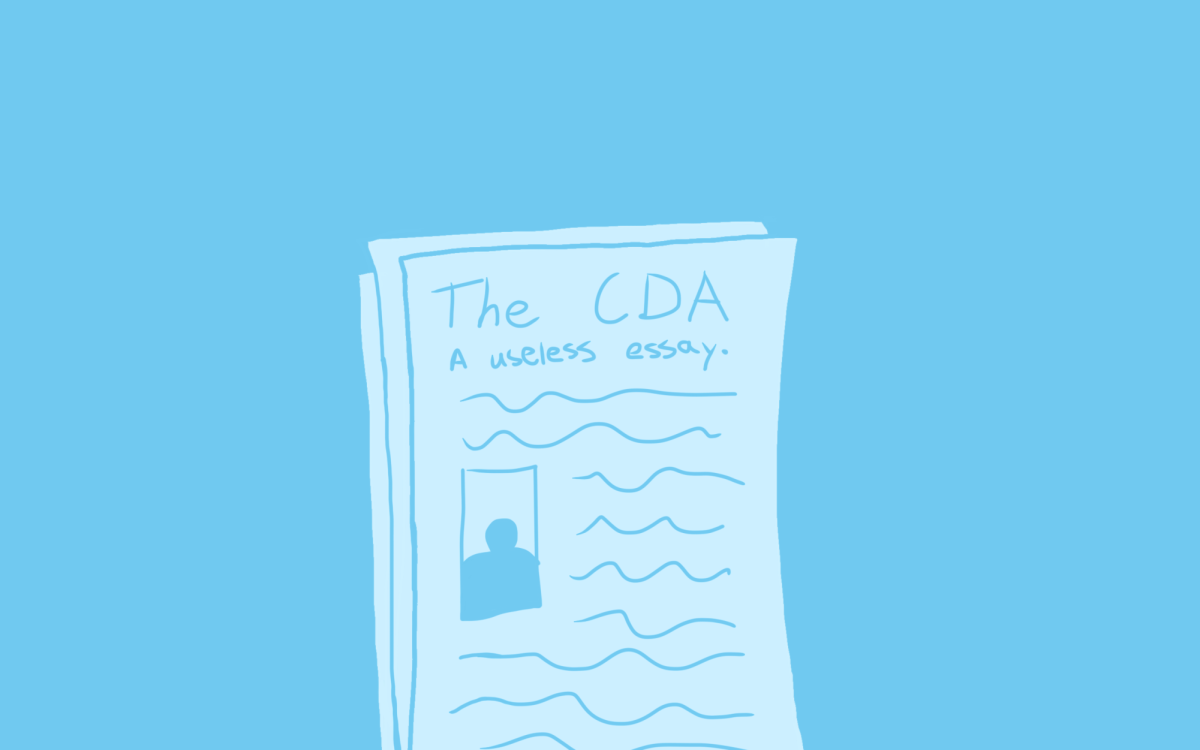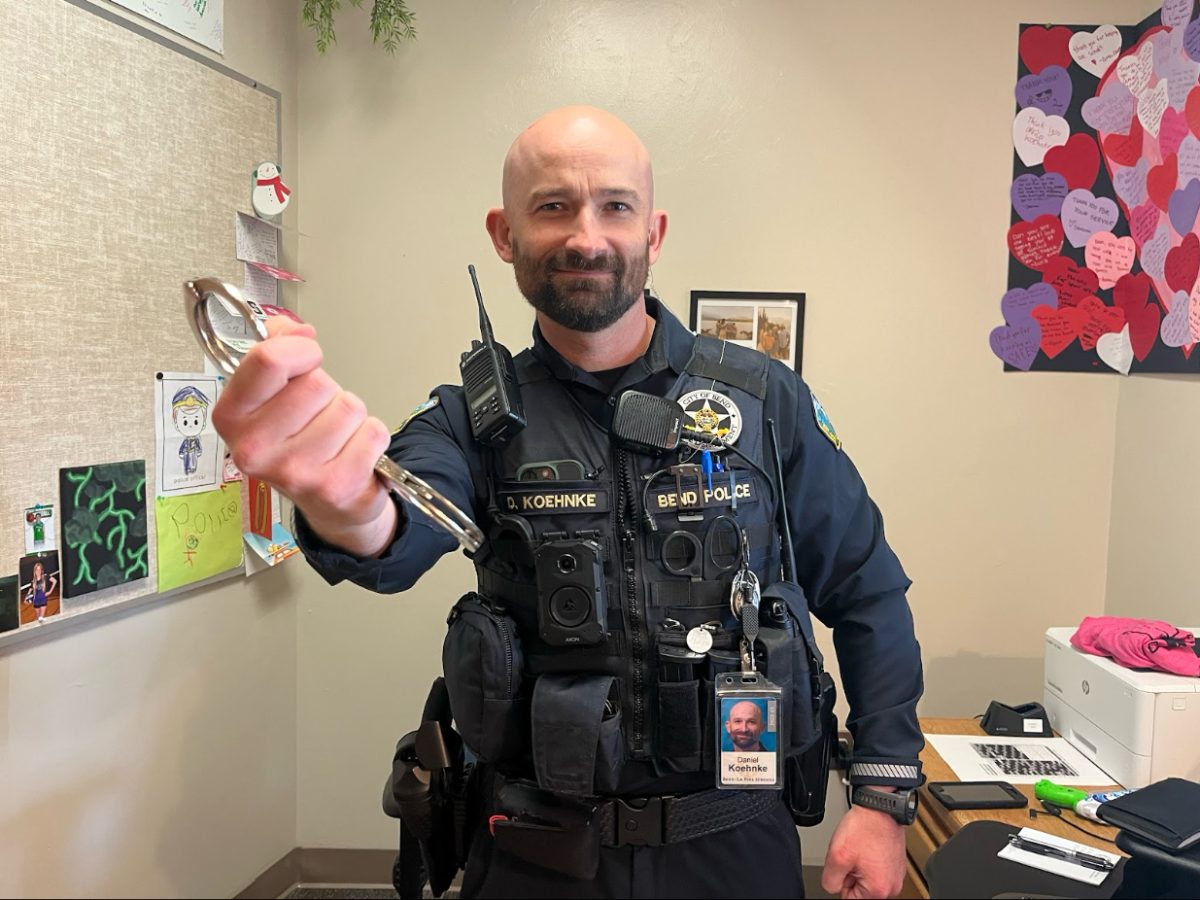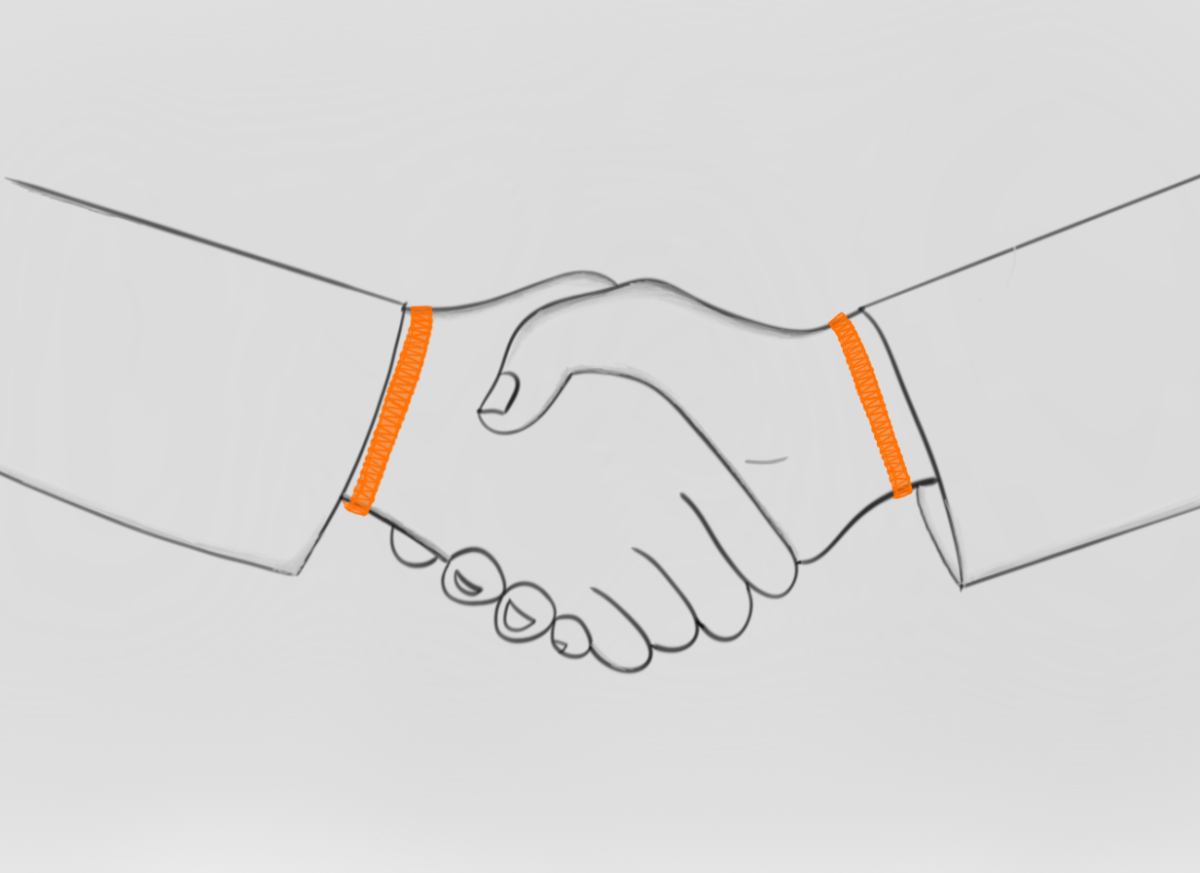One student has their head in their hands, unable to focus due to lack of sleep. Another student is on the verge of tears looking at their Canvas To-Do List. The last student’s chair is empty and will be for most of the semester. These students have been forgotten.
It’s no secret that high school students around the nation are struggling with mental health issues. In the last few years, there has been a record number of students struggling with signs of depression, anxiety, burnout and other mental health problems. In a 2021 study done by the CDC, “more than 4 in 10 (42%) students felt persistently sad or hopeless and nearly one-third (29%) experienced poor mental health.” A huge hike of mental health concerns—including depression, anxiety, eating disorders and burnout—came about during the initial lockdowns of COVID. Although students reported struggling before the pandemic, after COVID, reports of mental health issues have dramatically increased.
Summit, like other high schools, has noticed a trend of mental health problems in students.
“Around a decade ago, maybe a little longer than that, we really started to hear and talk more about mental health concerns,” said Michael McDonald, the principal of Summit High School. “I think school in general is a mental health burden.” Now, Summit is finally making a change.
After years of students feeling like they’ve been left with little help in the realm of mental health, Summit seems to be working to better students’ mental health. Summit’s student council, along with the other high schools in the district, has even partnered with an organization called Sources of Strength in order to combat mental health issues. Each high school has the opportunity to bring Sources of Strength into the school in their own way.
At the beginning of the year, student council members participated in a mental health training course with Sources of Strength. According to McDonald, the training was meant to show students how to identify sources of strength in their own lives and then be able to translate that and show other students as well.
On Oct. 27, Summit hosted a mental health assembly for its students. The assembly introduced students to different support options, collected by Sources of Strength. This pie chart included options such as positive friends, spirituality, mentors and healthy activities. The school then had different teachers come up to present how an aspect of the pie chart has been a part of their lives. After a presentation by the teachers, four administrators and teachers at Summit—A.P. U.S. History teacher Marni Spitz, A.P. Language and Composition teacher Kelsie Layana, Athletics Assistant Karen Caylor and Garrett Nyman from the Trailhead program—were recognized for always being supportive of students. The meeting was closed with a speech from Dave Turnbull, a teacher and track coach at Summit, who shared his own experiences with mental health issues.
During the assembly, students were also introduced to “Storm United” bracelets, an idea by Summit junior Cutler Hobin. After the assembly, students were able to grab an orange bracelet from the Commons. The idea behind the bracelets was to bring students at Summit together and to start thinking about their mental health.
The student council, responsible for putting the assembly together, has been focusing efforts on mental health in the Summit community. The hope is that this will be the beginning of some much-needed change to mental health culture at Summit.
Teachers, such as Nina Sarroub-Boyd, have noticed the issues of mental health in students arising as well.
“It is so important, getting to know each individual and what’s going on, and just noticing their behaviors,” said Boyd.
Students at Summit such as senior Arden Conde do recognize the teachers they could talk to about issues in their lives.
“I think there are a lot of great teachers that do genuinely care,” said Conde.
Apart from going to teachers with issues, however, students have often felt disconnected from Summit in the sense of mental health problems.
“I don’t know if the mental health issues of students at Summit are being handled at all,” said Conde. According to a Mental Health America ranking done in 2023, Oregon ranks last in the overall youth ranking by having the highest prevalence of youth struggling with mental illnesses and having the lowest rates of access to care. Students at Summit have especially reported seeing bullying, both online and at school, which has led to mental health issues, as well as experiencing burnout. McDonald also commented that many students feel disconnected from Summit.
However, with the recent assembly addressing mental health, there seems to be a shift. Conde has noticed the effort of the school to bring awareness to mental health and hopes that it is the beginning of some real change, but hasn’t seen much change yet.
Though she recognizes that there is still more to be done, Eleni Adams, a Summit senior and student council member, is excited for more talk about mental health.
“I think it’s just the beginning. It’s a way to bring the school community together even if it’s just by wearing a bracelet. It brings awareness into students’ minds about mental health and why they’re wearing the bracelets,” said Adams.
Students have received a lesson on biases—given last year and will be given again this year in English classes. The bias lesson is meant to help students acknowledge the bias they have to make Summit a more inclusive environment and help students accept others. This year the mental health assembly was presented, but those two conversations have been the only built-in discussions that everyone is meant to be a part of and both have lacked conversation and follow-up.
With little information shared with the student population about more mental health lessons, only the future can tell if there will be a continual shift in the addressing of mental health concerns.




















































